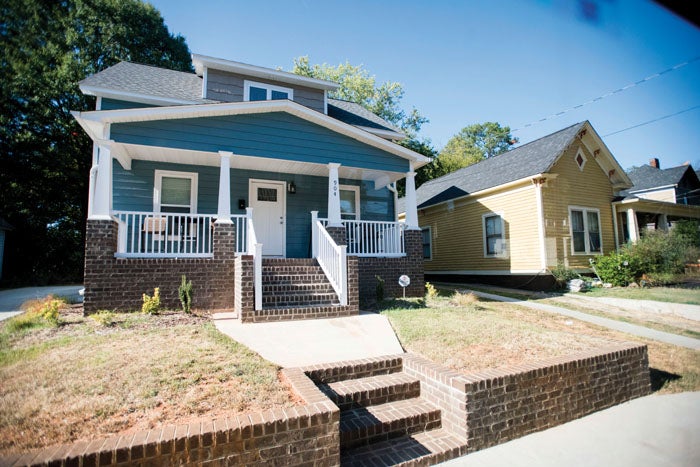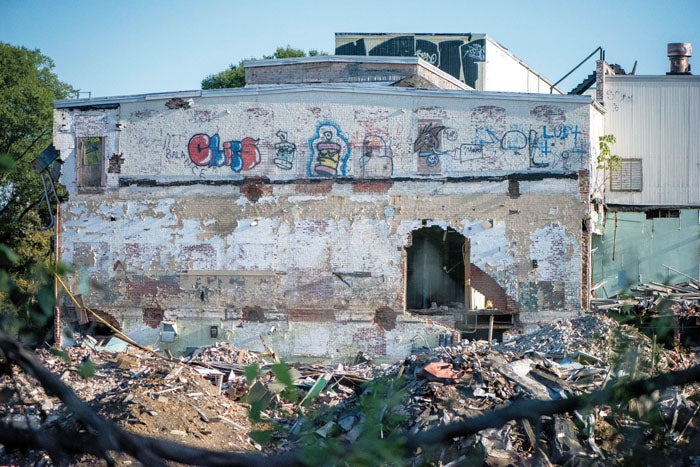Salisbury commission sees city’s minimum housing stock
Published 12:00 am Thursday, October 10, 2019
SALISBURY — The city issues 12 demolition permits per year for structures that do not adhere to minimum housing requirements.
And the Housing Advocacy Commission took a bus ride around Salisbury to see properties that are currently or were previously in violation of the housing code.
Some standing homes had missing walls or separated foundations. Other properties were empty lots where the dilapidated homes were eventually demolished. Board members also saw homes that were in a poor condition but a buyer transformed the property.
Michael Cotilla, the city’s code services coordinator, said the city doesn’t want to demolish homes but would rather see the money used for rehabilitation.
Out of the 12 homes for which demolitions were approved this year, only five were demolished by the city. Others were either demolished by the property owner or brought in compliance with the housing code.
Code Enforcement will identify a property — either by a city staff member finding it or receiving a call from the public — then research the title, see if the owner is interested in saving it, schedule a hearing, and then give the owner 90 days to either demolish the property or bring it up to code.
The City Council then approves or denies the demolition. In some cases, an owner has died and there is no heir.
The process takes months, Cotilla said. Often, the work Code Enforcement does goes unnoticed, he said.
The city also has the ability to fine the property owner until he fixes the home or sells it. The fine starts at $50. It’s $100 the next week and $250 the week after that. Beyond that, the owner is fined $250 per day. The fine is a lien on the home if it’s unpaid.
Barbara Perry, chairwoman of the Housing Advocacy Commission, said most people pay property taxes.
The bus stopped at a home in the 400 block of South Jackson Street. Cotilla said aesthetics are what make the home dilapidated. The porch was separated from the foundation, and there was significant structural damage.
“The house is considered dilapidated, not deteriorated,” Cotilla said. “That is the difference from a house that is up for demolition. A property that is considered for demolition would be a dilapidated house.”
A dilapidated structure is seen as a dwelling that is unfit for human habitation and cannot be repaired, altered or improved to comply with all the minimum standards, except at a cost more than 50% of its value. Deteriorated means that cost is less than 50%.
A home on the 1400 block of West Horah Street was a success story after a renovation.
“I wish they all went that way, to be honest,” Cotilla said.
Near Cone Mill plant, which is being demolished, the commission toured a neighborhood of dilapidated homes and homes that were demolished and replaced.
“The mill used to be the livelihood of the neighborhood,” said Anne Lyles, a commission member.
Cotilla says two houses are on the demolition list and three are on next year’s list.
Developer Paul Goodwin began purchasing dilapidated homes to demolish them and rebuild on the lots.
Perry said commission members should invite Goodwin to a meeting to thank him. She told her fellow members that she often drives through the neighborhood and thinks the transition is extraordinary.
The city also works with Habitat for Humanity to build homes on empty lots.






